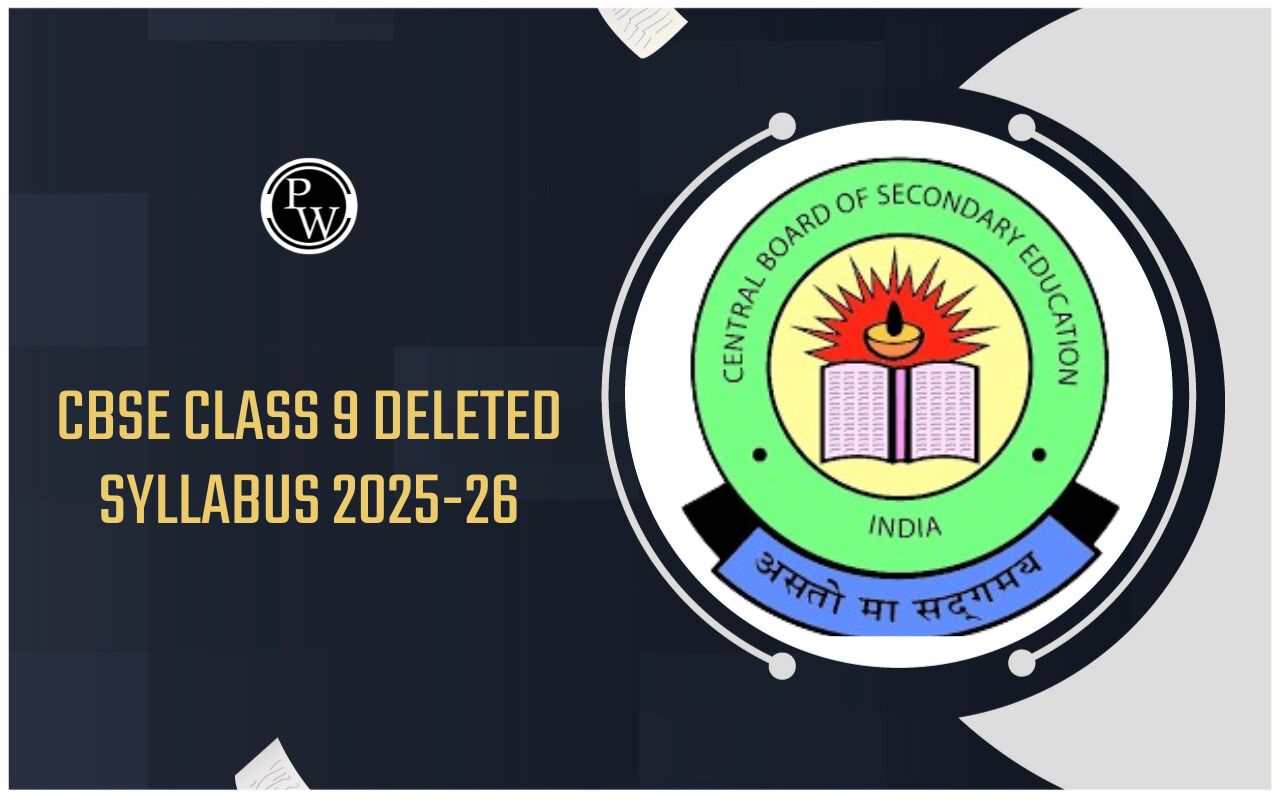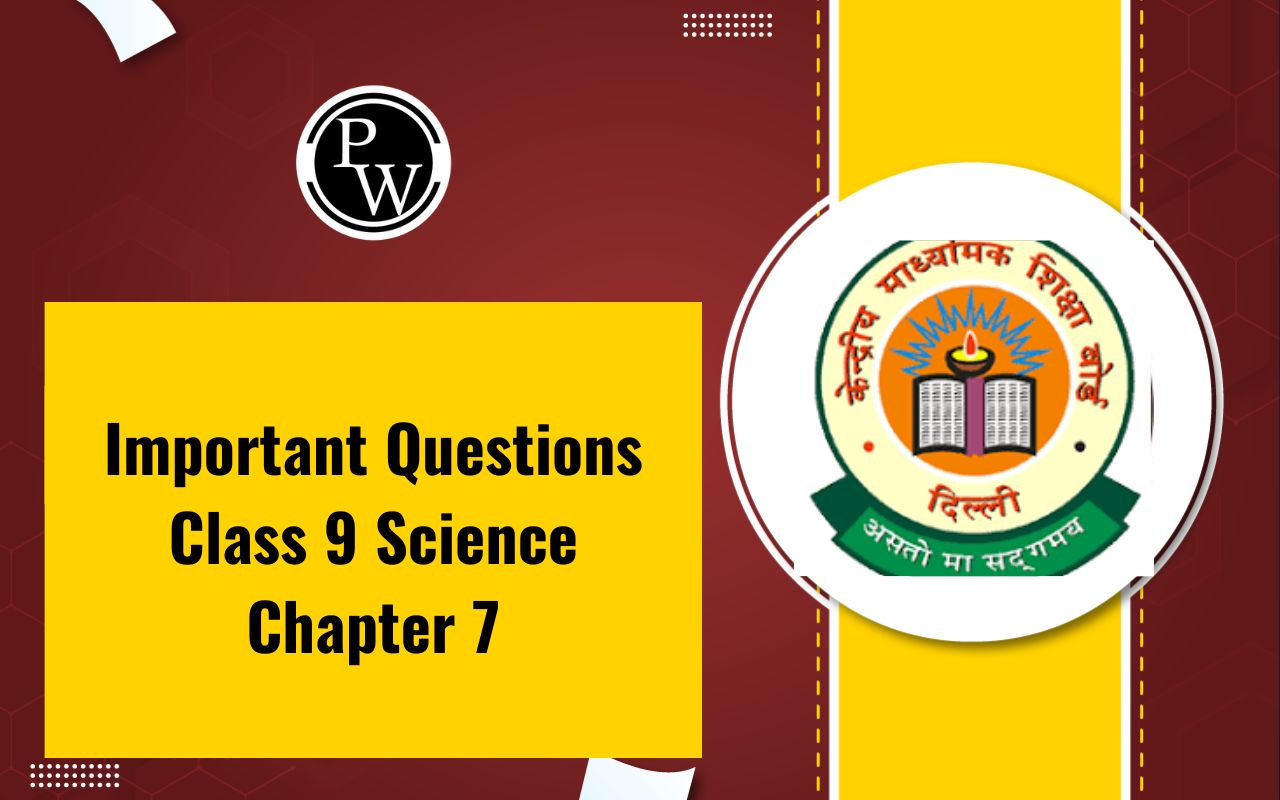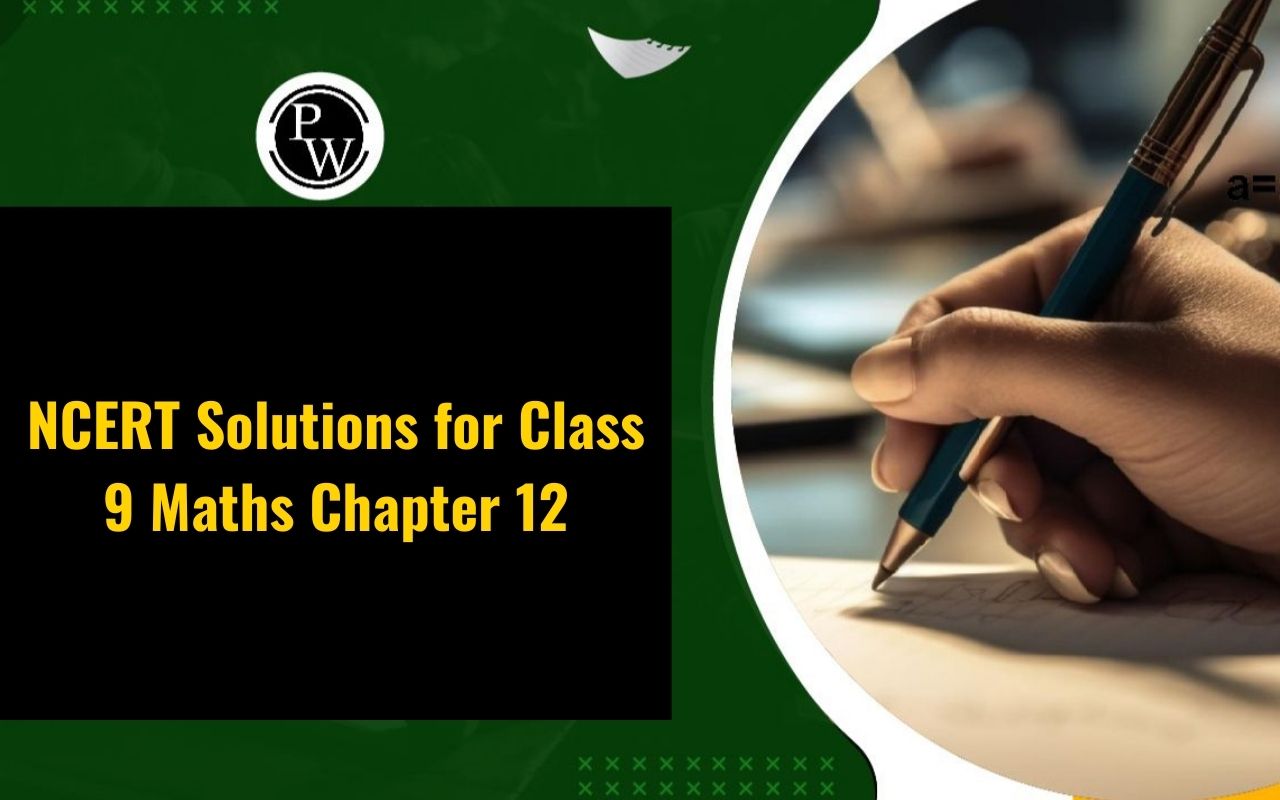
RD Sharma Solutions Class 9 Maths Chapter 25: RD Sharma Solutions for Class 9 Maths Chapter 25 - Probability provide students with a comprehensive understanding of the fundamental concepts of probability. This chapter covers topics such as theoretical probability, experimental probability, and various rules and formulas related to probability calculations.
With step-by-step explanations and solved examples, these solutions help students grasp the concepts effectively. Practicing with RD Sharma Solutions for Class 9 Maths Chapter 25 enhances problem-solving skills and prepares students for exams. Whether you're learning about probability for the first time or revising the concepts, these solutions are a valuable resource to strengthen your mathematical knowledge.CBSE Class 9 Science Syllabus 2024-25
RD Sharma Solutions Class 9 Maths Chapter 25 Probability PDF
You can access the PDF version of RD Sharma Solutions for Class 9 Maths Chapter 25 - Probability through the link provided below. This PDF contains detailed solutions to all the questions in the chapter, making it convenient for students to study and revise the concepts covered.RD Sharma Solutions Class 9 Maths Chapter 25 PDF
RD Sharma Solutions Class 9 Maths Chapter 25 Probability
The solutions to RD Sharma Class 9 Maths Chapter 25 - Probability are provided below. These solutions provide detailed explanations and step-by-step guidance to help students understand the concepts of probability effectively. By following these solutions, students can strengthen their problem-solving skills and prepare thoroughly for exams. Whether you're revising the chapter or seeking clarification on specific questions, these solutions are a valuable resource to support your learning journey in probability.CBSE Class 10 Result 2024 Expected To Be Out Soon
RD Sharma Solutions Class 9 Maths Chapter 25 Probability Exercise 25.1 Page No: 25.13
Question 1: A coin is tossed 1000 times in the following sequence:
Head: 455, Tail: 545
Compute the probability of each event.
Solution:
The coin is tossed 1000 times, which means the number of trials is 1000. Let us consider the event of getting head and the event of getting tail be E and F, respectively. Number of favourable outcomes = Number of trials in which the E happens = 455 So, probability of E = (Number of favourable outcomes) / (Total number of trials) P(E) = 455/1000 = 0.455 Similarly, Number of favourable outcomes = Number of trials in which the F happens = 545 Probability of the event getting a tail, P(F) = 545/1000 = 0.545Question 2: Two coins are tossed simultaneously 500 times with the following frequencies of different outcomes:
Two heads: 95 times
One tail: 290 times
No head: 115 times
Find the probability of occurrence of each of these events.
Solution:
We know that, Probability of any event = (Number of favourable outcomes) / (Total number of trials) Total number of trials = 95 + 290 + 115 = 500 Now, P(Getting two heads) = 95/500 = 0.19 P(Getting one tail) = 290/500 = 0.58 P(Getting no head) = 115/500 = 0.23Question 3: Three coins are tossed simultaneously 100 times with the following frequencies of different outcomes:
| Outcome | No head | One head | Two heads | Three heads |
| Frequency | 14 | 38 | 36 | 12 |
If the three coins are simultaneously tossed again, compute the probability of:
(i) 2 heads coming up
(ii) 3 heads coming up
(iii) At least one head coming up
(iv) Getting more heads than tails
(v) Getting more tails than heads
Solution:
We know, Probability of an event = (Number of Favorable outcomes) / (Total Number of outcomes) In this case, the total number of outcomes = 100.(i) Probability of 2 Heads coming up = 36/100 = 0.36
(ii) Probability of 3 Heads coming up = 12/100 = 0.12
(iii) Probability of at least one head coming up = (38+36+12) / 100 = 86/100 = 0.86
(iv) Probability of getting more Heads than Tails = (36+12)/100 = 48/100 = 0.48
(v) Probability of getting more tails than heads = (14+38) / 100 = 52/100 = 0.52
Question 4: 1500 families with 2 children were selected randomly, and the following data were recorded:

If a family is chosen at random, compute the probability that it has:
(i) No girl (ii) 1 girl (iii) 2 girls (iv) At most one girl (v) More girls than boys
Solution:
We know, Probability of an event = (Number of Favorable outcomes) / (Total number of outcomes) In this case, the total number of outcomes = 211 + 814 + 475 = 1500. (Here, total numbers of outcomes = total number of families)(i) Probability of having no girl = 211/1500 = 0.1406
(ii) Probability of having 1 girl = 814/1500 = 0.5426
(iii) Probability of having 2 girls = 475/1500 = 0.3166
(iv) Probability of having at the most one girl = (211+814) /1500 = 1025/1500 = 0.6833
(v) Probability of having more girls than boys = 475/1500 = 0.31
Question 5: In a cricket match, a batsman hits a boundary 6 times out of 30 balls he plays. Find the probability that on a ball played:
(i) He hits a boundary (ii) He does not hit a boundary.
Solution:
Total number of balls played by a player = 30 Number of times he hits a boundary = 6 Number of times he does not hit a boundary = 30 – 6 = 24 We know, Probability of an event = (Number of Favorable outcomes) / (Total number of outcomes) Now,(i) Probability (he hits boundary) = (Number of times he hit a boundary) / (Total number of balls he played)
= 6/30 = 1/5(ii) Probability that the batsman does not hit a boundary = 24/30 = 4/5
Question 6: The percentage of marks obtained by a student in monthly unit tests is given below:

Find the probability that the student gets
(i) More than 70% marks
(ii) Less than 70% marks
(iii) A distinction
Solution:
Total number of unit tests taken = 5 We know, Probability of an event = (Number of Favorable outcomes) / (Total number of outcomes)(i) Number of times student got more than 70% = 3
Probability (Getting more than 70%) = 3/5 = 0.6(ii) Number of times student got less than 70% = 2
Probability (Getting less than 70%) = 2/5 = 0.4(iii) Number of times student got a distinction = 1
[Marks more than 75%] Probability (Getting a distinction) = 1/5 = 0.2Question 7: To know the opinion of the students about Mathematics, a survey of 200 students was conducted. The data was recorded in the following table:

Find the probability that students chosen at random:
(i) Likes Mathematics (ii) Does not like it.
Solution:
Total number of students = 200 Students like mathematics = 135 Students dislike Mathematics = 65 We know, Probability of an event = (Number of Favorable outcomes) / (Total number of outcomes) (i) Probability (Student likes mathematics) = 135/200 = 0.675 (ii) Probability (Student does not like mathematics) = 65/200 = 0.325| CBSE Class 9 Maths Syllabus | CBSE Class 9 Science Syllabus |
| CBSE Class 9 Computer Application Syllabus | CBSE Class 9 Social Science Syllabus |
RD Sharma Solutions Class 9 Maths Chapter 25 FAQs
What topics are covered in RD Sharma Class 9 Maths Chapter 25 - Probability?
How can RD Sharma Solutions for Chapter 25 help in understanding probability concepts?
How can students effectively use RD Sharma Solutions for Chapter 25 to improve their problem-solving skills in probability?










